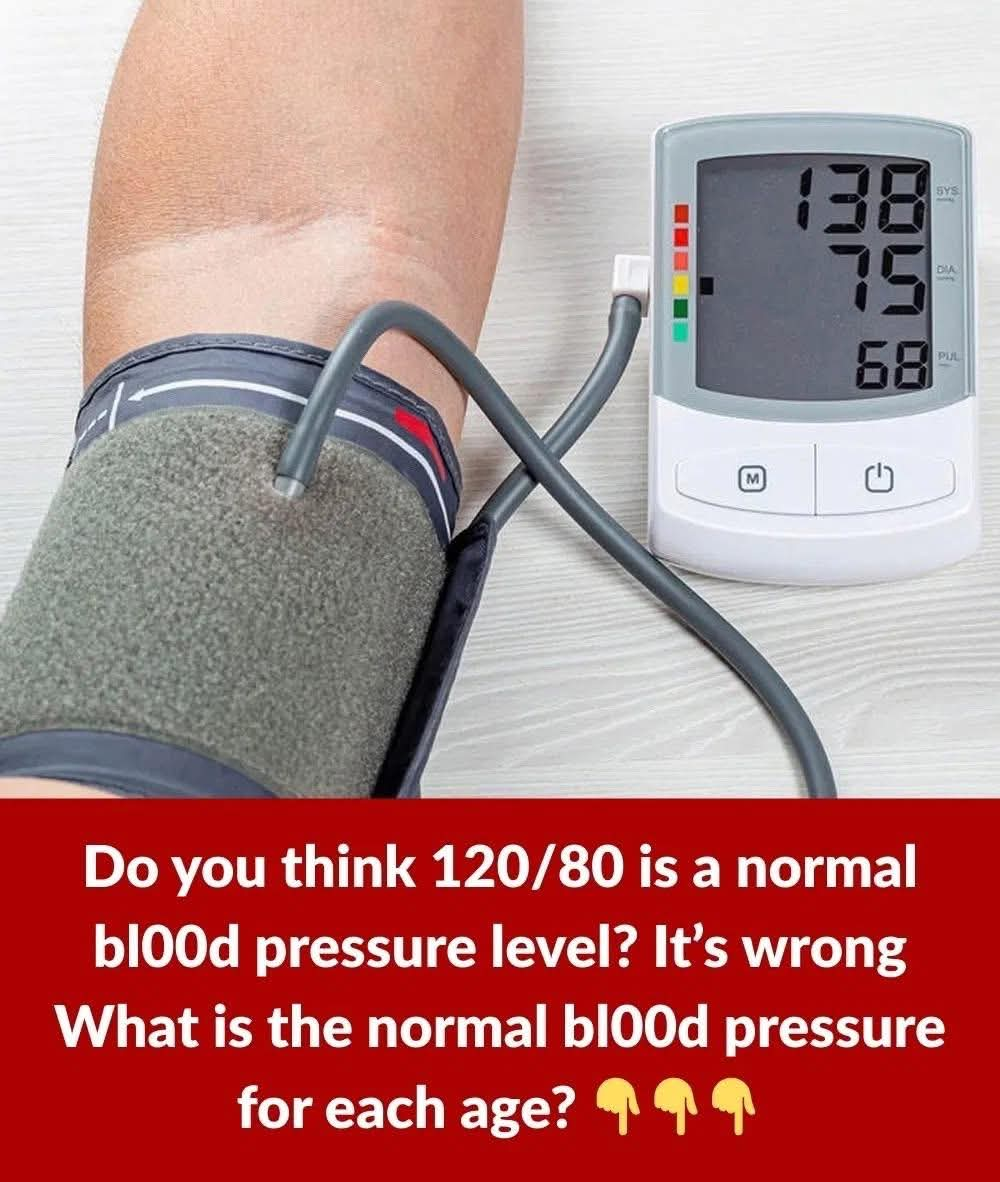These Are The Most Up-to-Date Blood Pressure Guidelines — But Are They Right for Everyone? 🩺📊

Blood pressure is a vital sign that reveals a lot about your heart’s health, yet it often goes unnoticed — until it becomes a problem. Over the years, medical experts have revised what’s considered “normal” blood pressure, and recent updates may have shifted your status without you even realizing it.
But here’s the big question: Are these updated blood pressure guidelines truly one-size-fits-all? Or should some people be cautious about how they apply them?
Let’s break it down in simple terms.
🧬 What Are the New Blood Pressure Guidelines?
According to the latest American College of Cardiology (ACC) and American Heart Association (AHA) guidelines:
- Normal: Less than 120/80 mm Hg
- Elevated: Systolic 120–129 and diastolic less than 80
- High Blood Pressure (Stage 1): Systolic 130–139 or diastolic 80–89
- High Blood Pressure (Stage 2): Systolic 140+ or diastolic 90+
- Hypertensive Crisis: 180+/120+ (Seek immediate medical attention)
These changes lowered the threshold for what’s considered hypertension — meaning more people are now classified as having high blood pressure than before.
⚠️ Why Were the Guidelines Lowered?
Research shows that people with readings between 130–139/80–89 are already at increased risk for heart disease and stroke. By identifying and managing this earlier, doctors hope to reduce complications later on.
👩⚕️ Are These Guidelines Right for Everyone?
Not necessarily. Here’s why:
1. Age Matters
Older adults may naturally have slightly higher blood pressure due to aging arteries. Aggressively lowering BP in people over 70 can sometimes cause dizziness, falls, or kidney problems.
2. Medical Conditions Play a Role
People with diabetes, kidney disease, or a history of stroke often need stricter control — while others may benefit from a more flexible approach.
3. Medications Aren’t Always Ideal for Stage 1
For those with Stage 1 hypertension and no other health issues, lifestyle changes (like diet, exercise, and stress management) are usually the first line of treatment — not immediate medications.
4. Cultural and Racial Differences
Blood pressure behavior can differ among populations. For example, African Americans are more likely to develop high BP at younger ages and may require different treatment strategies.
✅ What Should You Do?
- Check your blood pressure regularly, even if you feel fine.
- Keep a log — trends over time matter more than a single reading.
- If your BP is above 120/80, talk to a doctor about steps you can take — from reducing salt and sugar to increasing physical activity.
- Avoid self-medicating based on online charts alone. Everyone’s body responds differently.
🔄 Quick Recap Chart
| Category | Systolic (Top) | Diastolic (Bottom) |
|---|---|---|
| Normal | <120 | <80 |
| Elevated | 120–129 | <80 |
| High BP Stage 1 | 130–139 | 80–89 |
| High BP Stage 2 | 140+ | 90+ |
| Crisis | 180+ | 120+ |
❓FAQs
Q: Should older adults aim for the same “normal” as younger adults?
A: Not always. Doctors often set slightly higher targets for seniors to avoid over-treatment.
Q: Can stress alone raise my blood pressure?
A: Yes, but usually temporarily. Chronic stress, however, can contribute to long-term hypertension.
Q: Do I need medication if I’m in Stage 1?
A: Not always. Lifestyle changes may be enough unless you have other risk factors.
💬 Final Thought
The new blood pressure guidelines are a helpful tool — but not a personal prescription for everyone. Your age, health conditions, and daily habits all matter. Don’t panic if your numbers are borderline — just see them as a signal to take better care of your heart, your body, and your future.
Always talk to a qualified health provider before making any decisions. 🩺❤️






